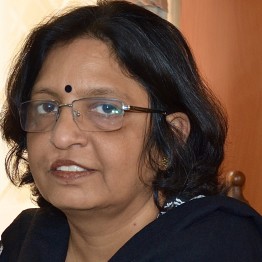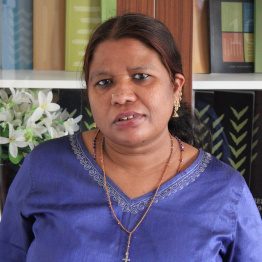Trends in Gender Division of Work and Wages in Rural India
This research project titled “Trends in Gender Division of Work and Wages in Rural India” was conducted by the Foundation in association with the Evidence Module of the CGIAR GENDER Platform led by the International Rice Research Institute. The working paper based on the findings of this project can be found here.
The project dealt with the gender division of work and the difference between wages of male and female workers (gender wage gap), which are important features of the labour work process in rural India. The Foundation has for some time been engaged in studies related to women’s work and wages in the rural labour market.

Developments like mechanisation and emergence of piece rates have altered many farming practices and thus, altered the gender division of work over time and across the States. Studies on the topic have observed the displacement of female workers in varying degrees in tasks that changed from daily-rated to piece-rated contracts.
This study used detailed gender-disaggregated data on labour absorption, forms of labour, and agricultural operations for a diversity of crops from eight villages spread across five States in distinct agro-ecological regions of India to examine the effect of various factors like agro-ecology, cropping pattern, level of mechanisation and gender division of labour, on gender wage gap. The data used in the project is part of the primary database collected by the Foundation as part of its Project on Agrarian Relations in India (PARI).





























































 Sudha is an Administrative Assistant of the Foundation. She assists the administrative division of the Foundation and also has taken part in fieldwork organised by the Foundation.
Sudha is an Administrative Assistant of the Foundation. She assists the administrative division of the Foundation and also has taken part in fieldwork organised by the Foundation.











